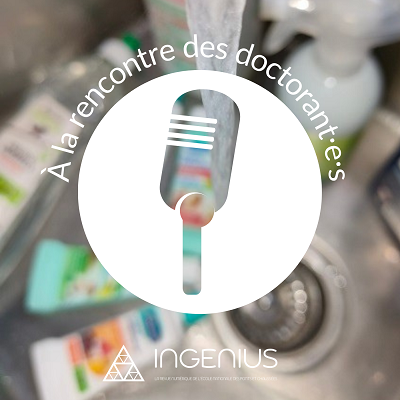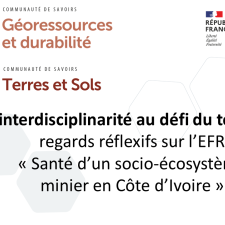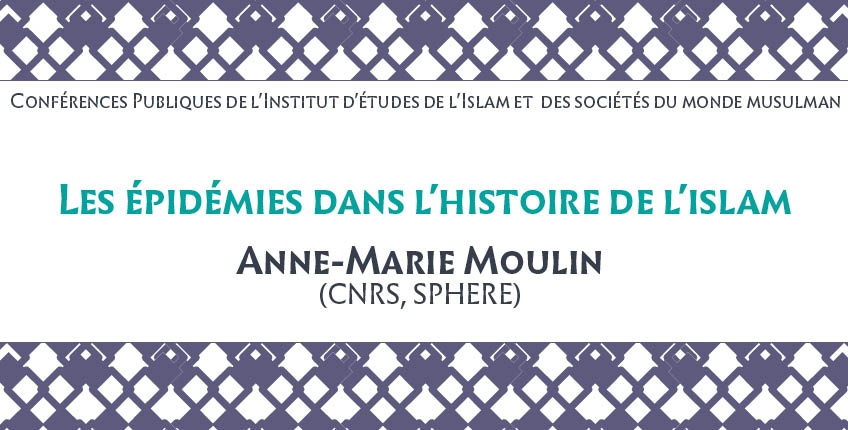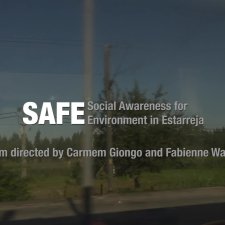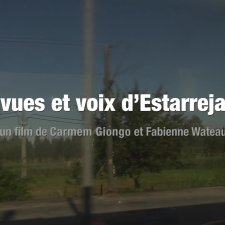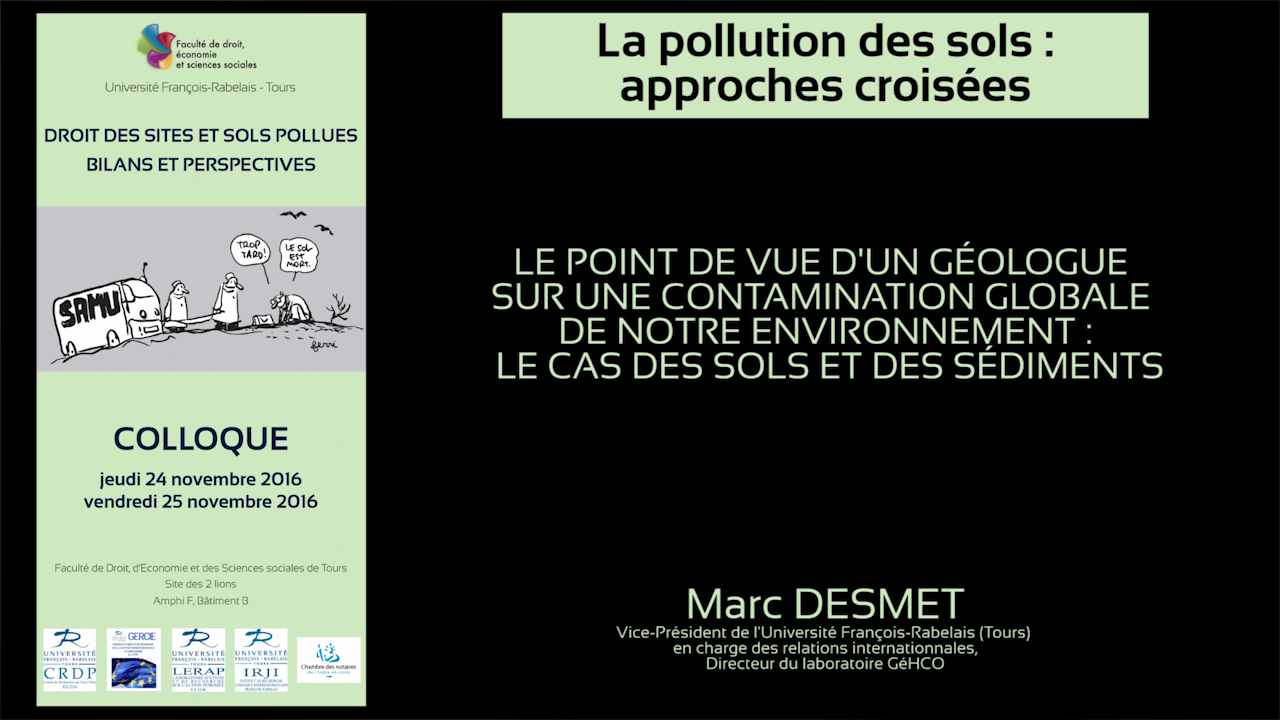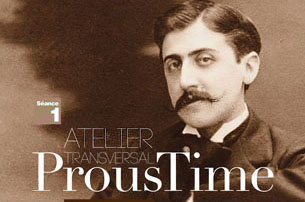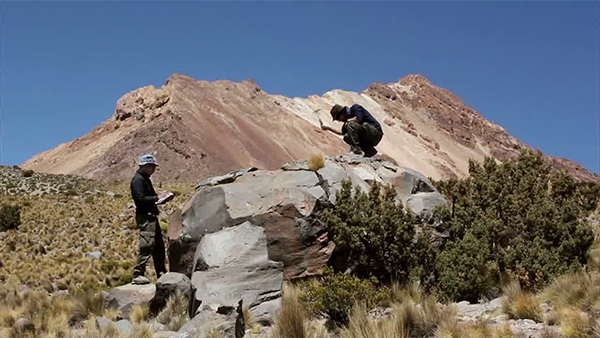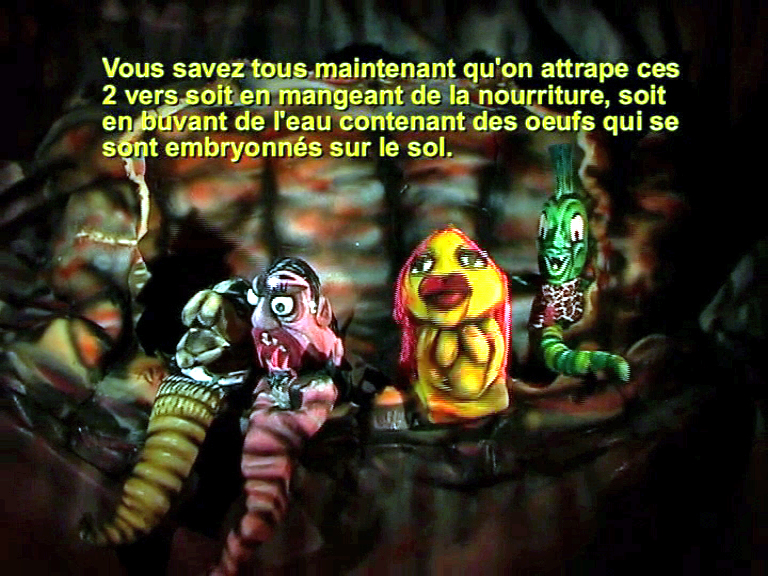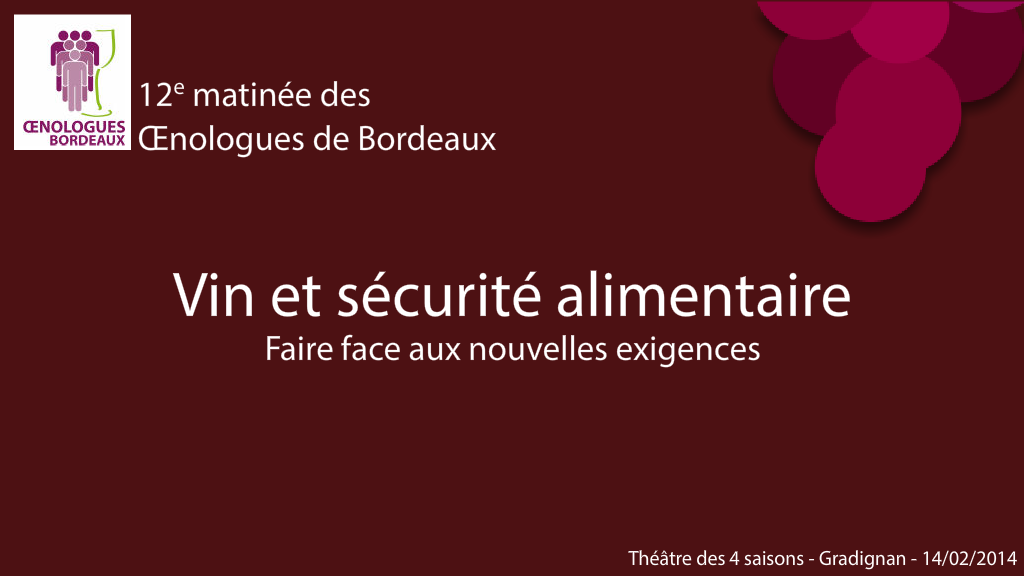Notice
An interdisciplinary approach in Zone-Atelier Territoires Uranifères (ZATU) to highlight the trace of uranium mining heritage (ZA Territoire Uranifères)
- document 1 document 2 document 3
- niveau 1 niveau 2 niveau 3
Descriptif
5e colloque des Zones Ateliers – CNRS
2000-2020, 20 ans de recherche du Réseau des Zones Ateliers
SESSION 6 - Des observatoires pour suivre les évolutions des socio-écosystèmes
An interdisciplinary approach in Zone-Atelier Territoires Uranifères (ZATU) to highlight the trace of uranium mining heritage (ZA Territoire Uranifères)
Gilles Montavon ∗ 1,2, Alexis Martin 2, Hassan-LoniYahya 2, Andreas Fichtner 2, Olivier Péron† 2, Karine David 2,Patrick Chardon 3, Sebastien Larrue 4, Alkiviadis Gourgiotis 5, Susanne Sachs6, Thuro Arnold 6, Bernd Grambow 2, Thorsten Stumpf 6
1 LTSER "Zone Atelier TerritoiresUranifères" – CNRS INEE – France
2 LaboratoireSubatech UMR6457 – add new organisation : IN2P3/CNRS/IMTAtlantique/Université de Nantes – France
3 Laboratoire dePhysique de Clermont – Institut National de Physique Nucléaire et de Physique des Particules du CNRS, Université Clermont Auvergne :UMR6533, Centre National de la RechercheScientifique : UMR6533 – France
4 GEOLAB UMR6042 – add new organisation : UCA/ Université de Limoges – 4 rue Ledru 63057 Clermont-Ferrandcedex, France
5 Institut deRadioprotection et de Sûreté Nucléaire (IRSN) – PRP-DGE-SRTG-LT2S – France
6 Helmholt-ZentrumDresden-Rossendorf, Institute ofRessource Ecology – Allemagne
Résumé
Uranium mining and millingactivities as well as mineral processing plants raise environ- mental concerns due to the possiblerelease of radioactive and other potentially toxic elements. Therefore, their long-term management requires knowledge of past events and a good under- standing of the geochemicalmechanisms regulating the mobility of residualradionuclides. This work presents the resultson the traces and footprints of anthropic activity, linked to past U mining activities, within the vicinity of Rophin tailings storage site (Puy de Dôme, France). An interdisciplinary approach was developed based on a study of the history and records of the site, on the radiological and chemicalcharacterization of soil cores and on dendrochronology. Gamma survey measurements on the wetland about 200m downstream of Rophin reach 1050 nSv.h-1 that is 3 times the geological background radiationlevels. Soil cores taken in the wet- land showed U concentrations up to 1855 mg.kg-1that appears to be associated with the presence of a whitish silt loam (WSL) soil layer located at around 10-30 cm depth below an organictop soil layer. Records (regulatory documents, inspection reports, letters) supported by former aerial photographs suggest the discharge of U mineral particles during the operation of the site between 1949 and 1957, due to malfunction of the ore washingplant process and the sedimentation step. In accordance with previous findings, analysis of 137Cs and 14C activities date the WSL layer back to the beginning of the 1950s. Moreover, lead isotope ratios indicates that contaminationin the WSL layer can be discriminated by an enrichment signature with a larger contributionof radiogenic lead to total lead (k = 8.6 ± 0.07 %). The dendroanalysis permits to link the U emissionsfrom Rophin with the site history using oak tree rings as a suitablebioindicator of changes in bioavailable U concentrations. Oak tree rings (Quercus petraea ) located downstreamof the site contain uranium concentrations up to 50 µg.kg-1, which is up to ten times higher than values measured from unaffected trees located upstream. Moreover, highest U concentrationswererecorded for the exploitation period but also, more surprisingly, for the recent makeovers of the Rophinsite (2002 and 2010). This interdisciplinary investigation give clear insights of whathappened in the vicinity of Rophin tailings storage site. Allcomplementary fields ofstudy corroborate that U mineral particleswere transported by turbidwaters in Rophin’s watershed. While initially transported as mineral particles, at least the majority of the deposited uraniumin WSL layer appears to be trapped in the top soil layer with a high organic mattercontent. However it evolution shouldbe monitored to understand the the overall dynamicsoccurring at the site.
--
Programme et recueil des résumés à télécharger dans l'onglet documents ci-dessus.
Toutes les informations sur le site du colloque :
https://20ans-rza.sciencesconf.org/resource/page/id/5
Dans la même collection
-
L'observatoire en environnement urbain de Rennes (Zone Atelier Armorique) : de la recher…
5e colloque des Zones Ateliers – CNRS - 2000-2020, 20 ans de recherche du Réseau des Zones Ateliers
-
Session 6 : Communications posters
SESSION 6 - Des observatoires pour suivre les évolutions des socio-écosystèmes
-
Vers un observatoire participatif des transitions socio-écologiques : qualité de l'eau e…
5e colloque des Zones Ateliers – CNRS 2000-2020, 20 ans de recherche du Réseau des Zones Ateliers SESSION 6 - Des observatoires pour suivre les évolutions des socio-écosystèmes Vers un
-
Le projet ECONECT : développement d'une infrastructure pour le suivi automatisé in situ d'espèces …
SESSION 6 - Des observatoires pour suivre les évolutions des socio-écosystèmes
-
La ZA Seine et la ZA Rhône, retour d'expérience sur deux dispositifs en dialogue avec les acteurs d…
SESSION 6 - Des observatoires pour suivre les évolutions des socio-écosystèmes
Sur le même thème
-
Les micropolluants émergents : de la contamination domestique à l'exposition humaine
MartinachePierreDans ce podcast, Pierre Martinache, qui a effectué son doctorat au sein du Laboratoire Eau Environnement et Systèmes Urbains (LEESU), nous parle de ses recherches sur les biocides présents dans les
-
L’interdisciplinarité au défi du terrain : regards réflexifs sur l’EFR « Santé d’un socio-écosystèm…
L’École de formation à la recherche (EFR) « Santé d’un socio-écosystème minier » organisée par les Communautés de savoirs Géoressources et durabilité » et « Terres et sols » et l’université Félix
-
« Les épidémies dans l’histoire de l’islam »
MoulinAnne-MarieConférence de Anne-Marie Moulin, « Les épidémies dans l’histoire de l’islam », mardi 6 avril 2021.
-
SAFE (Social Awareness for Environment in Estarreja)
Wateau Fabienne, 2021 (avec Giongo Carmem), Safe – Social Awareness For Environment in Estarreja, Version sous-titrée en Anglais, Film ethnographique, 24’, cellule audiovisuelle LIAC-CNRS, Paris
-
Vues et voix d’Estarreja
Wateau Fabienne, 2021 (avec Giongo Carmem), Vues et voix d’Estarreja, Version sous-titrée en Français, Film ethnographique, 24’, cellule audiovisuelle LIAC-CNRS, Paris (LabEx DRIIHM/MSH Mondes)
-
Le point de vue d’un géologue sur une contamination globale de notre environnement : le cas des sol…
"Le point de vue d’un géologue sur une contamination globale de notre environnement : le cas des sols et des sediments" par Marc Desmet, Vice-Président de l’Université de Tours en charge des Relations
-
Traces environnementales et mémoire en géochimie / Gaël Le Roux
Le RouxGaëlTraces environnementales et mémoire en géochimie / Gaël Le Roux, in Atelier transversal ProusTime. A la recherche du temps avec Proust : mémoire et traces (séance 1), organisé par l'Équipe
-
Climat, avenir incertain et passé à découvrir (ASR n°8 - CRPG)
C'est au CRPG, Centre de Recherche Pétrographiques et Géochimiques, que le réalisateur Jérome Didelot et l'équipe de production audiovisuelle de l'Université de Lorraine, a posé sa caméra et suivi
-
Panorama de la problématique chlordécone - Contexte historique, situation actuelle aux Antilles, ge…
MacarieHerveLe but de ce travail est de présenter un panorama général de la problématique liée à la chlordécone. Cette molécule sera replacée dans son contexte historique, de sa fabrication à son utilisation, en
-
Chlordécone : quels risques pour la santé des populations antillaises
MultignerLucLe chlordécone présente un potentiel toxique non négligeable chez l'animal de laboratoire. De ce fait, la contamination de la population antillaise par cette molécule soulève des questions légitimes
-
Basta de gusanos !
PaysJean-FrançoisBasta de Gusanos ! est un film de 20 minutes, conçu, écrit et réalisé par Jean-François Pays, à la demande du Pr C.E. Borda, directeur du Centre National de Parasitologie et des Maladies Tropicales de
-
Les allergènes du vin
TeissèdrePierre-LouisVIN ET SECURITE ALIMENTAIRE / Faire face aux nouvelles exigences







